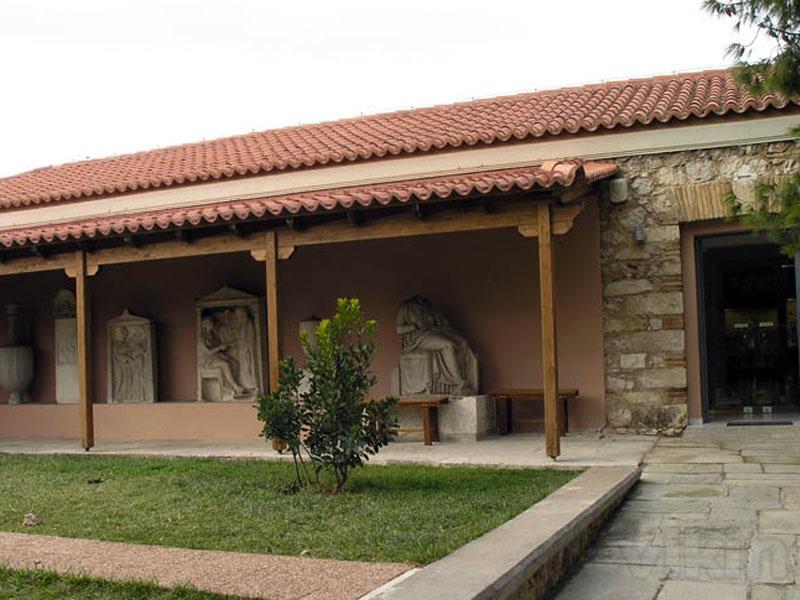Roman Stadium (Panathenaic stadium)
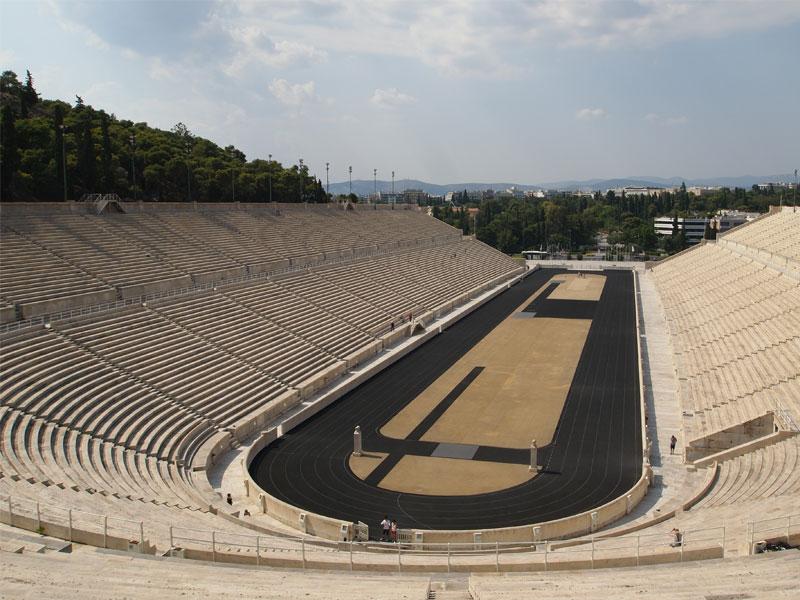 The Roman stadium in Athens is better known as the Kallimarmaro Roman Stadium, or just the Panathenaic Stadium. Some simply call it the Kallimarmaro, and it is an ancient marble stadium that you probably recognise from movies and PC games. It was built during the 330-329th century B.C. for the Great Panathinaic Games. It can hold over 50,000 viewers and it is a very recognizable location, which makes it a great place to have your photo taken.
The Roman stadium in Athens is better known as the Kallimarmaro Roman Stadium, or just the Panathenaic Stadium. Some simply call it the Kallimarmaro, and it is an ancient marble stadium that you probably recognise from movies and PC games. It was built during the 330-329th century B.C. for the Great Panathinaic Games. It can hold over 50,000 viewers and it is a very recognizable location, which makes it a great place to have your photo taken.
Parthenon
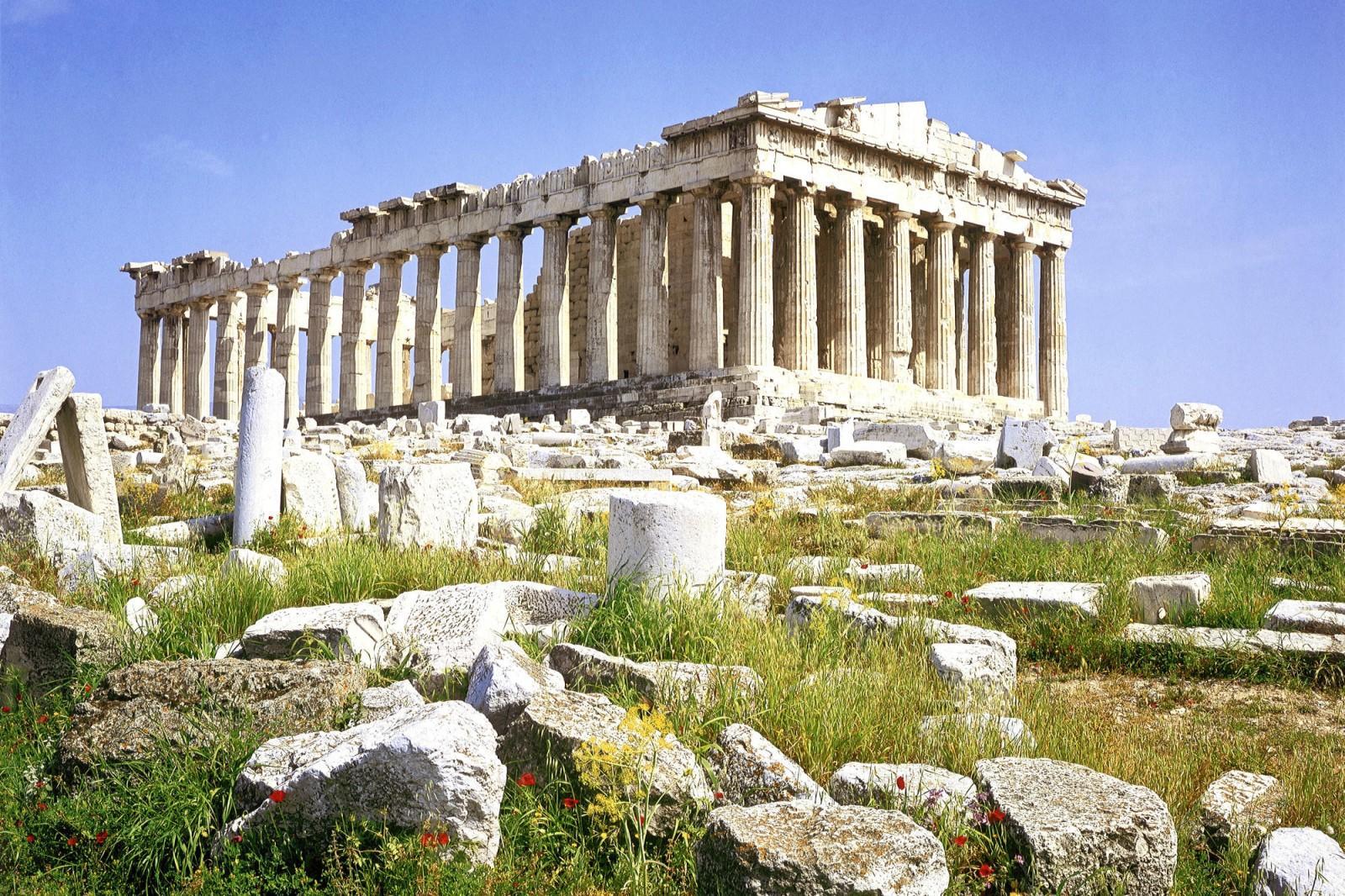 The Parthenon is a former temple on the Athenian Acropolis and was built for the goddess Athena, but during its time it was used and designed to store Greek treasures. It was built between 447 and 438 century BC, and is made entirely out of Pentelic marble. The Acropolis and Parthenon have undergone extensive restoration, some of which still goes on today.
The Parthenon is a former temple on the Athenian Acropolis and was built for the goddess Athena, but during its time it was used and designed to store Greek treasures. It was built between 447 and 438 century BC, and is made entirely out of Pentelic marble. The Acropolis and Parthenon have undergone extensive restoration, some of which still goes on today.
The Library of Hadrian
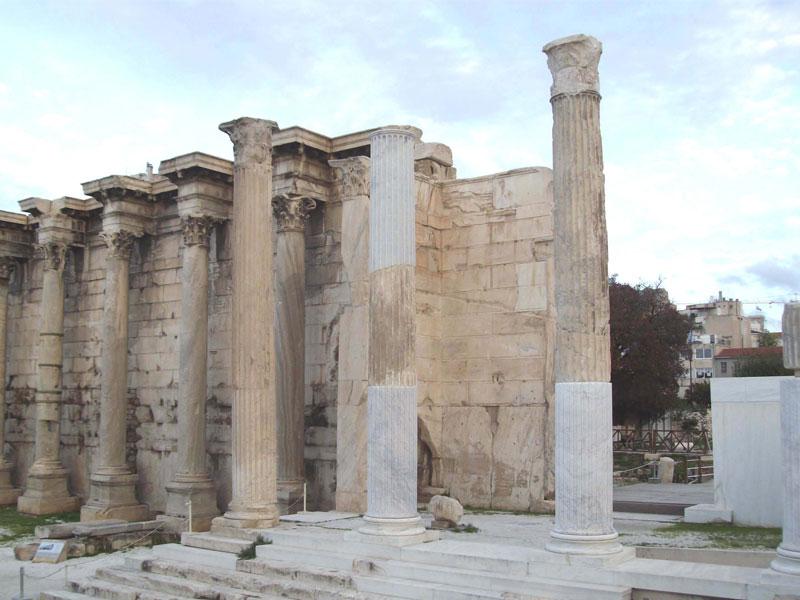 The Library of Hadrian was built around 132-134 CE as part of Hadrian’s grand rebuilding scheme, ergo it was built to impress people. It held a massive collection of literature, and it stored legal and administrative papers too. Students could attend philosophical classes there, and they may hear lectures too. People were not allowed to borrow books; they were kept there for storage and study. The library has had a lot of damage, but you may see a wall and a few columns that have the Church of Asomatos (12th century AD) remains on display, and the Statue of Nike (1st century BC) remains too.
The Library of Hadrian was built around 132-134 CE as part of Hadrian’s grand rebuilding scheme, ergo it was built to impress people. It held a massive collection of literature, and it stored legal and administrative papers too. Students could attend philosophical classes there, and they may hear lectures too. People were not allowed to borrow books; they were kept there for storage and study. The library has had a lot of damage, but you may see a wall and a few columns that have the Church of Asomatos (12th century AD) remains on display, and the Statue of Nike (1st century BC) remains too.
Herodes Atticus Theatre
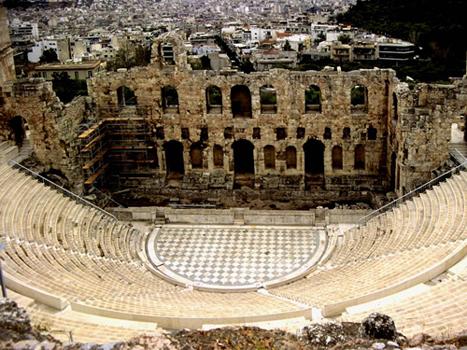 You may also hear this site referred to as the Odeon of Herodes Atticus, and you will find it on near the rock of Acropolis on the southwest side. It is an ancient theatre that is able to seat 5000 people. Back in the day, the theatre had a wood roof and wooden coverings to help protect people from the weather, and to help the sound travel a little better. Some of the theatre and most of the monuments were destroyed by the Heruli tribe in 267AD.
You may also hear this site referred to as the Odeon of Herodes Atticus, and you will find it on near the rock of Acropolis on the southwest side. It is an ancient theatre that is able to seat 5000 people. Back in the day, the theatre had a wood roof and wooden coverings to help protect people from the weather, and to help the sound travel a little better. Some of the theatre and most of the monuments were destroyed by the Heruli tribe in 267AD.
The Philopappos Hill
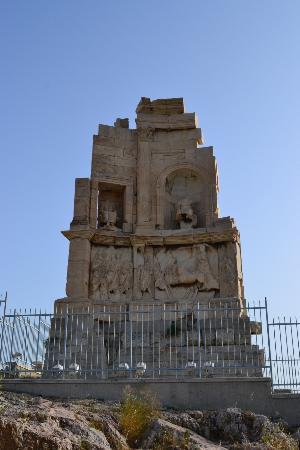 There is a monument called Monument Philopappos, which sits atop a hill called the Filopappos Hill that is more commonly known as the Philopappos Hill because of the monument. The monument atop the hill and the mausoleum were built to honour Gaius Julius Antiochus Epiphanes Philipp’s (Philopappus). The hill is one of the few places in Athens where you are allowed to visit any day of the year, and any time of the year without having to pay.
There is a monument called Monument Philopappos, which sits atop a hill called the Filopappos Hill that is more commonly known as the Philopappos Hill because of the monument. The monument atop the hill and the mausoleum were built to honour Gaius Julius Antiochus Epiphanes Philipp’s (Philopappus). The hill is one of the few places in Athens where you are allowed to visit any day of the year, and any time of the year without having to pay.
Cemetery of Kerameikos
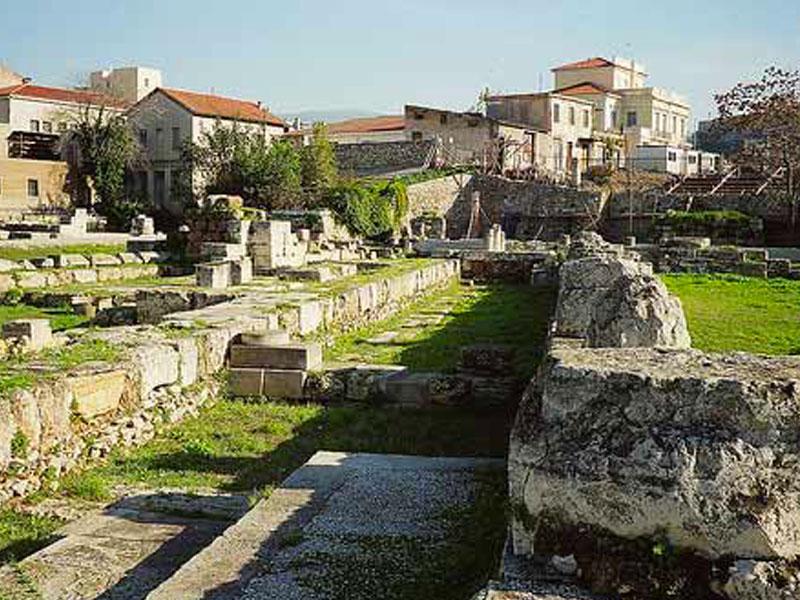 There is a cemetery and museum to enjoy in this location. It was built in the 12th Century B.C and has an inner and outer section that has monuments and statues for you to see. The museum gives you a great insight into ancient Greek, with some nice artefacts and plenty to see. If you fancy a change from the crowded Acropolis, then this should be a good change of pace for you. The entry fee is rather high, but you can spend hours in the cemetery and museum, so it is worth the money.
There is a cemetery and museum to enjoy in this location. It was built in the 12th Century B.C and has an inner and outer section that has monuments and statues for you to see. The museum gives you a great insight into ancient Greek, with some nice artefacts and plenty to see. If you fancy a change from the crowded Acropolis, then this should be a good change of pace for you. The entry fee is rather high, but you can spend hours in the cemetery and museum, so it is worth the money.
Ancient Agora
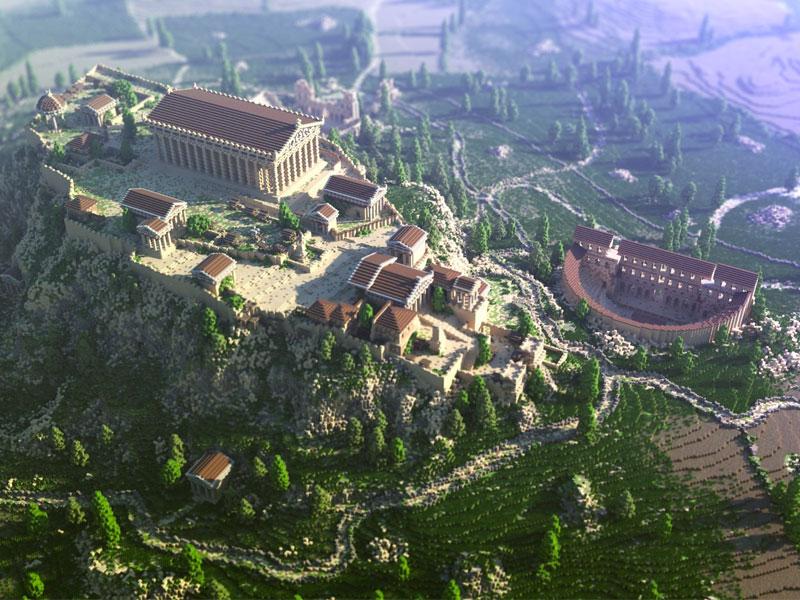 The Ancient Agora used to be a lost part of the city. It had to be extensively excavated, with newer buildings being knocked down in order to uncover it. The unearthing of the Agora was made possible with massive financial support from J Rockefeller, and they are still finding new parts of the Agora today as they carefully cut away the natural rock to reveal lost parts of the old structures. Some restoration has been done over the years, but you still have to use your imagination to get a feel for what it must have looked like back in 3000BC.
The Ancient Agora used to be a lost part of the city. It had to be extensively excavated, with newer buildings being knocked down in order to uncover it. The unearthing of the Agora was made possible with massive financial support from J Rockefeller, and they are still finding new parts of the Agora today as they carefully cut away the natural rock to reveal lost parts of the old structures. Some restoration has been done over the years, but you still have to use your imagination to get a feel for what it must have looked like back in 3000BC.
Theatre of Dionysus
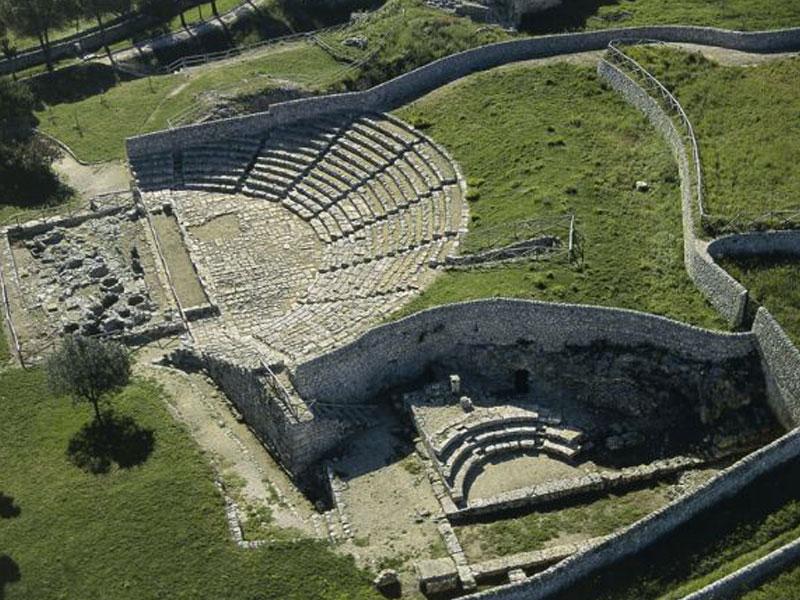 The Theatre of Dionysus is not a building with a big wooden stage and curtains, it is an ancient theatre made from stone and it seats as many as 17,000 people. True to tradition, the Greek still
The Theatre of Dionysus is not a building with a big wooden stage and curtains, it is an ancient theatre made from stone and it seats as many as 17,000 people. True to tradition, the Greek still



